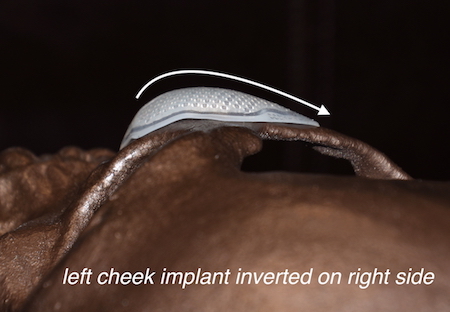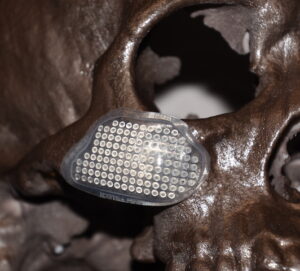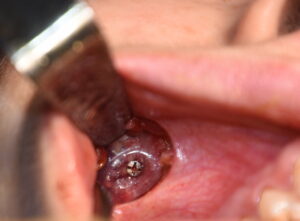Cheek implants have been around for over fifty years and have obviously evolved in their designs since then. Once almost exclusively used for female facial enhancement, more and more men today are interested in how they can enhance their midface as well. But as one might imagine there are gender differences in cheek shape and it often involves more than just an implant size difference.
The concept of the cheeks and what makes a pleasing cheek shape has variable aesthetic interpretations. But it can be fundamentally broken down into either a rounder more anterior fullness (apple cheeks) or a more superior linearly oriented appearance. (high cheekbone look) The former provides an augmentation that enhances the shape of the main cheekbone body while the latter augments the cheekbone body and arch. The high cheekbone look dominates the model face, particularly in men.
While standard cheek implants are designed for augmenting the main anterior body of the cheekbone, there is no standard implant currently available to create the high cheekbone look. Short of making a custom implant design to do so, how can standard implants be used to help create that look? (sort of)
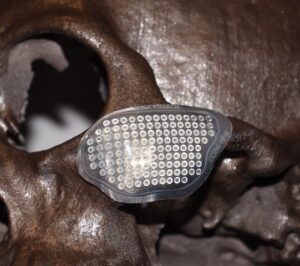

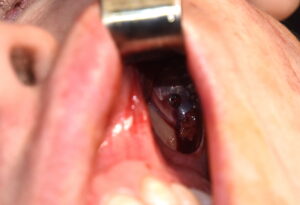
While a custom cheek implant specifically designed to create the high cheekbone look is always preferred, the implant inversion technique can be useful in that regarding the properly selected patient.
Dr. Barry Eppley
Indianapolis, Indiana

